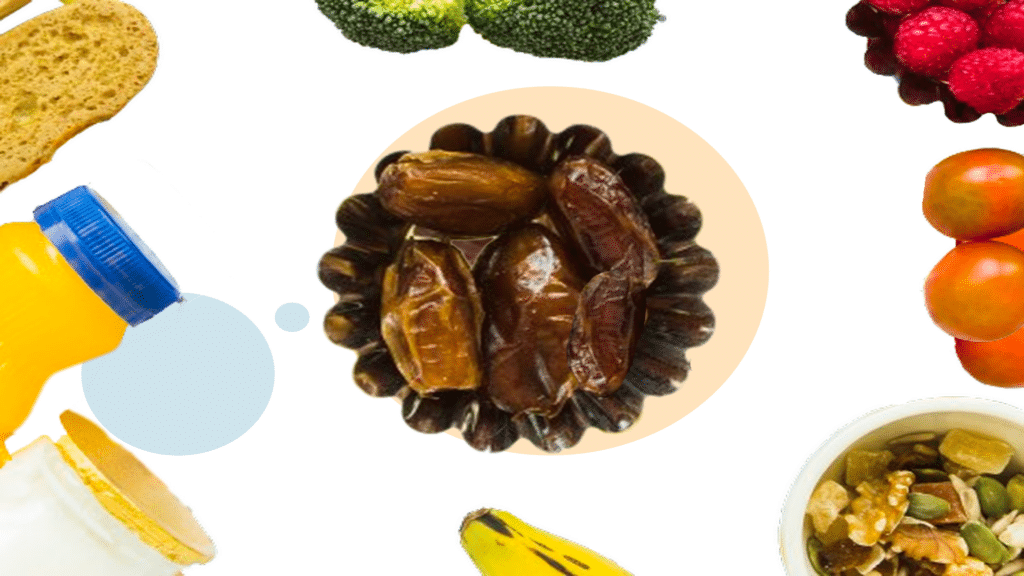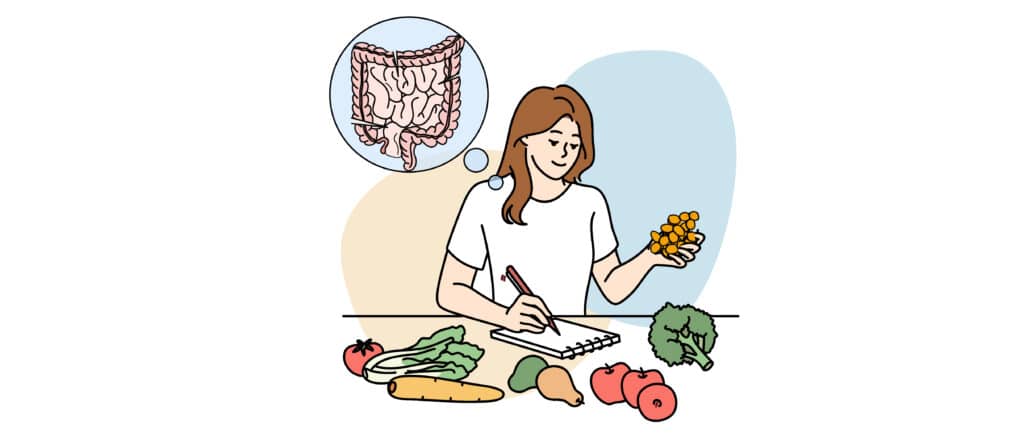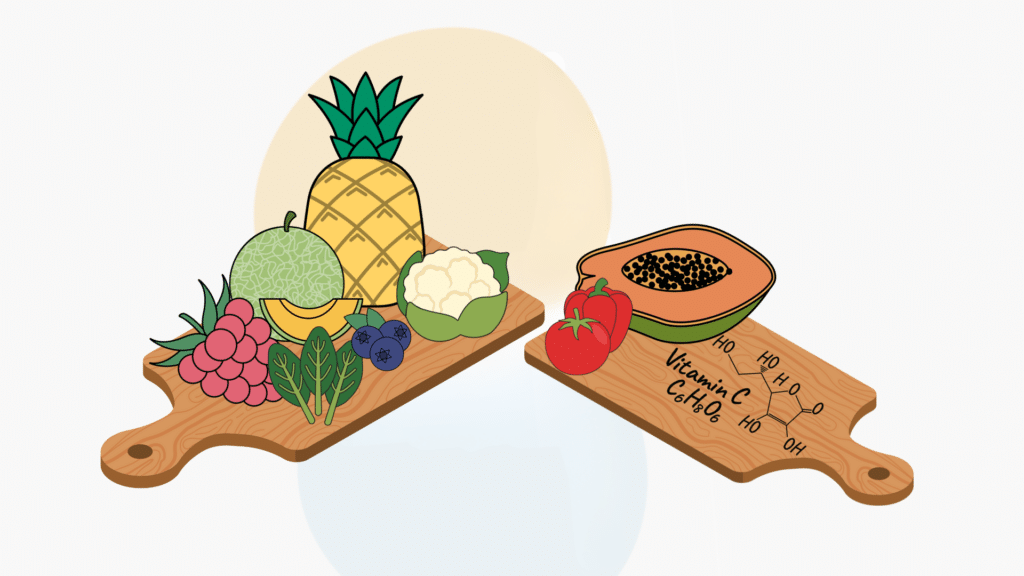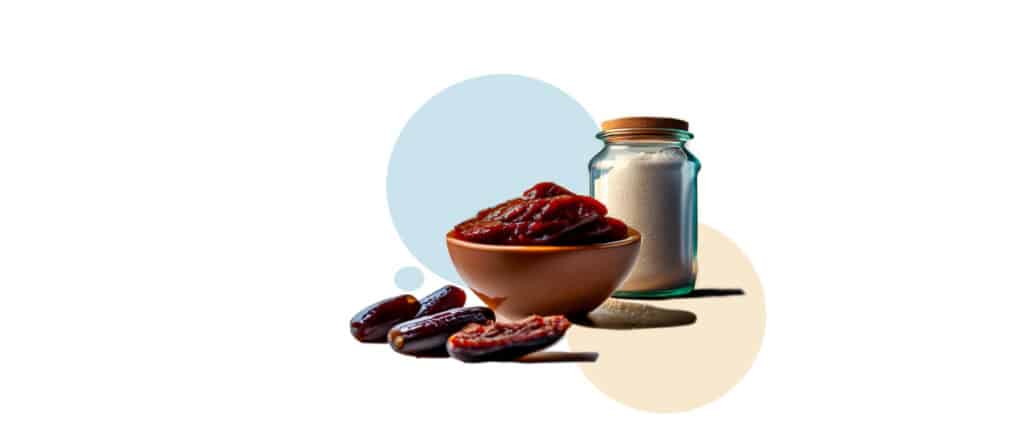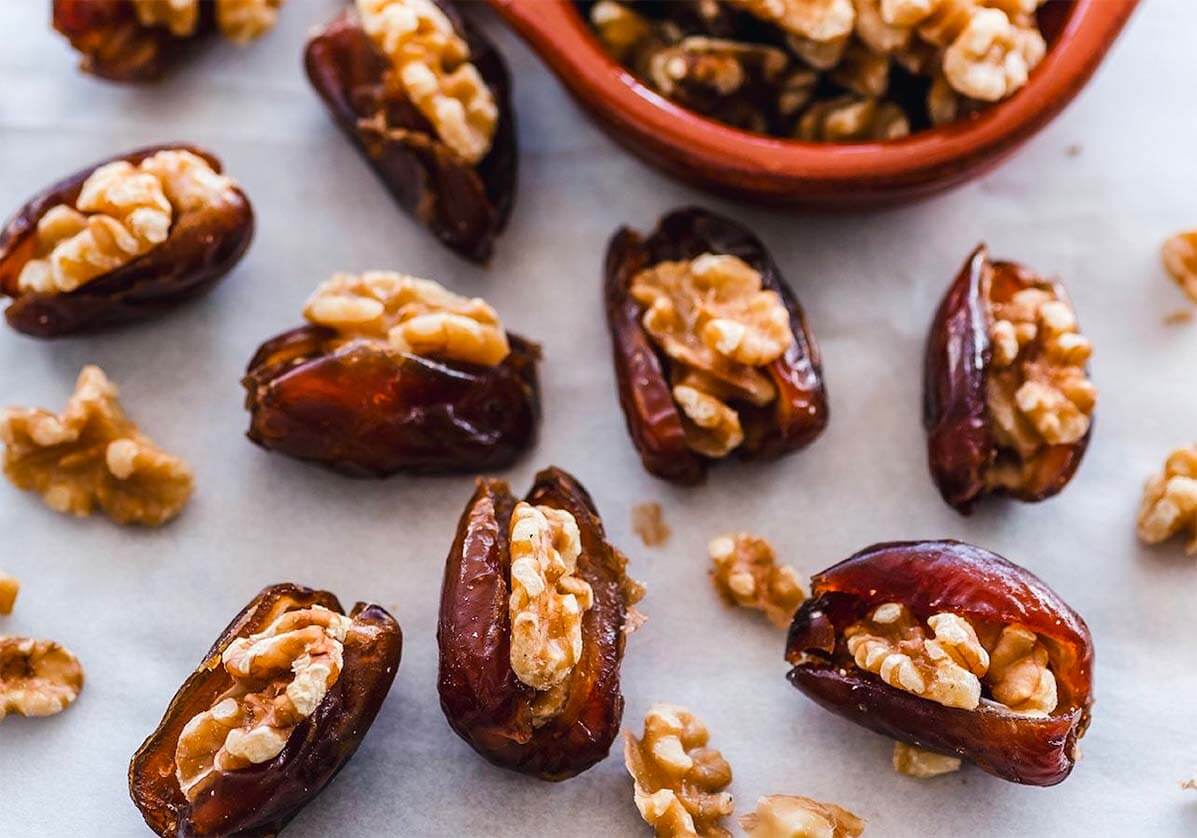Dates in Paleo Diet
DIET DESCRIPTION:
Dates in paleo diet are among the fruits that are allowed in this eating plan, which is inspired by the food habits of prehistoric humans during the Paleolithic era (2.5 million to 10,000 years ago). The paleo diet, also known as the ‘caveman’ diet, emphasizes lean meats, fish, vegetables, nuts, and seeds, while excluding foods that emerged from farming practices like legumes, grains, and dairy products.
DIET PURPOSE:
The main goal of this diet is to eat like our ancestors. It is before modern farming practices were developed. People were forced to rely on hunting and gathering. The idea behind the paleo diet lies in the discordance hypothesis. It states that the genetic make-up of humans is unaligned with our modern food system. This ‘unalignment’ contributes to the high prevalence of obesity, diabetes, and heart disease today. Thus, paleo diet supporters believe we need to eat like in pre-modern times.
It is important to note that there is a lack of evidence supporting the ideas behind the paleo diet. The biggest controversy among doctors and dietitians with the paleo diet is the removal of certain nutrient-dense food groups, like whole grains, dairy, and legumes. Many of these foods contain nutrients like fiber and calcium, and have been shown to reduce the risk for chronic diseases.
WHAT TO EAT:
There are many nutrient-dense, paleo-approved foods. These include:
- Fruits (avocado, apples, oranges, dates, pears, blueberries)
- Vegetables (broccoli, kale, peppers, carrots, tomatoes)
- Meat (grass-fed beef, chicken, pork, turkey)
- Seafood (wild-caught salmon, tuna, crab, shrimp)
- Nuts and seeds (almonds, flax seeds, pine nuts, pumpkin seeds, coconut, and coconut oil)
- Natural sweeteners (maple syrup)
Generally, the paleo diet focuses on high protein, high fat, low carbohydrate foods. For some, a paleo diet can include moderate amounts of grass-fed butter.
DATES IN PALEO DIET:
Since dates can be found in nature, they are allowed on a paleo diet. Fruit intake, like dates, is encouraged on the paleo diet. They provide many nutrients, including B-vitamins and dietary fiber. It can be hard to get enough fiber when following a paleo diet. Including dates can help.
WHAT TO AVOID:
There are certain food groups to avoid if on the paleo diet. These include:
- Dairy (milk, cheese, yogurt, butter)
- Grains (pasta, oats, cereals, bread, rice, corn)
- Legumes (beans, chickpeas, lentils)
- Potatoes (generally, white potatoes are restricted, and sweet potatoes are allowed.)
- Alcohol
- Artificial sweeteners
- Certain refined oils (vegetable oil, canola oil, peanut oil)
Additionally, the paleo diet limits refined sugars and processed foods. This can be very beneficial for your health and help to reduce your risk for certain conditions, like diabetes and cancer. This diet may also help with weight loss. The paleo diet also limits salt. Thus, it can help to reduce your risk for high blood pressure and cardiovascular events.
TIPS WHEN DOING PALEO DIET
- Eat whole, unprocessed foods that are rich in protein, healthy fats, vitamins, minerals, and antioxidants. These include meat, fish, eggs, vegetables, fruits like dates, nuts, seeds, herbs, and spices.
- Avoid foods that are derived from farming or modern processing, such as grains, legumes, dairy, sugar, artificial sweeteners, vegetable oils, and trans fats.
- Drink plenty of water and limit your intake of alcohol and caffeine. You can also drink herbal teas, coconut water, or bone broth for hydration and nutrients.
- Experiment with different foods and recipes to find what works best for you and your goals. You can also modify the paleo diet to suit your preferences and needs.
- Listen to your body and adjust your portions and calories according to your hunger, energy levels, and activity levels.
- Enjoy the benefits of the paleo diet, such as improved weight management, blood sugar control, heart health, brain function, skin health, and overall well-being.
CONCLUSION:
The paleo diet promotes a diet like our ancestors, who were hunters and gatherers. It limits processed foods, which may provide certain health benefits, like reducing one’s risk for heart disease. Foods like dairy, grains, and legumes that are a result of modern-day farming practices are not allowed on the paleo diet. Instead, it focuses on fruits, like dates, vegetables, meat, seafood, nuts, and seeds found in nature.



